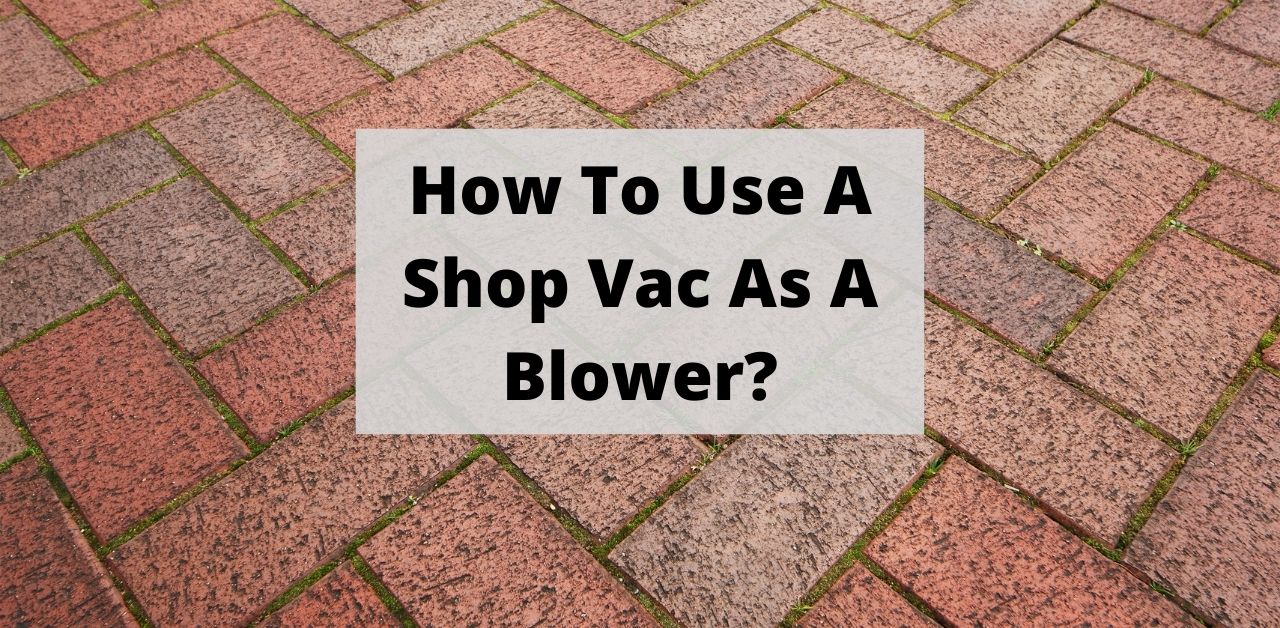It is an excellent choice for homes with a classic aesthetic. A rustic look can be achieved by using them, and they are relatively easy to maintain in comparison with other types of stone, slate, or hardwood.
Having sealed bricks will minimize water exposure and staining, since these will occur only once dampness has become a problem (and even then).
During the course of time, dirt can become embedded in between the bricks, causing them to not only appear dull, but also highly susceptible to damage caused by prolonged exposure to water. This can lead to major problems for the property in the future.
Dust Removal
Initially, brick floors can be dusty. Do not be alarmed! The reason has nothing to do with how clean you are.
It takes some time for the dust particles on the surface to wear off and be replaced by something less dense or even disappear altogether in some cases
This problem can be solved easily. You should wash the floor with clean water multiple times until all traces of muriatic acid are removed from your grout lines.
This can be accomplished by either using a damp mop/sponge or washing the floor until no more dust remains.
Cleaning brick floors with a vacuum or broom
In this regard, it is essential that your tiles remain clean and free of dirt. In addition to the type of materials used for the installation of your bricks, you should also take steps to ensure that they remain in good condition.
It is common for dirty bricks to be due to the fact that they have not been sealed properly after being laid on the subfloor, or the mortar has not been used beneath them or has not been allowed to set before the bricks are sealed.
Before cleaning the entire floor, you should test a cleaning method in an inconspicuous area, since some methods may damage your brick flooring.
Bricks can be cleaned in many different ways, depending on the type of dirt or debris. Cleaning them can be accomplished by vacuuming, sweeping, mops with a wet rag or bucket, using a pressure washer, or even having a professional come and clean them for you.
A pressure washer, for instance, can erode the mortar between the bricks if used incorrectly. Therefore, always proceed with caution when using a pressure washer.
Cleaning brick floors with a steam cleaner
A steam cleaner can be a valuable tool if you wish to keep your home free of dirt and dust. In addition to kitchen countertops, these machines can be used to clean bathroom tiles as well.
In addition, they perform a superb job cleaning brick floors when spills or stains need to be removed promptly – especially during deep cleans, as they are not restricted to just wiping up messes, as other types of cleaners might be.
It is possible to remove dirt and grime from your floors without using any chemicals by using steam.
The heat in this method opens tiny pores in bricks, allowing for easier cleaning as well as disinfection – not only does this method eliminate odors, but it also keeps everything fresh.
Clean-up
Cleaning your floor with a mop is an excellent way to remove dirt and grime.
There are a number of solutions that you can use, starting from water and vinegar or bleach mixed together to something more expensive such as Professional Cleanerballs!
Do you have any suggestions for cleaning fluids?
How about vinegar?
Maintain the appearance of your bricks by mixing some vinegar with each mopping session. If you use an acidic solution, you may experience chemical reactions or pitting from acid erosion.
You can use baking soda.
Is it true that you can create an effective cleaning solution for your brick floors by adding one or two tablespoons of baking soda?
This is effective because the alkaline properties in this chemical react with acidic smells and residues on surfaces such as concrete or mortar.
It is also important to consider the directionality of the floor when mopping. If necessary, cross at 90 degrees from where we just came from, or work up and down across perpendicular lines as you follow the brick lengths.
It is imperative that you use a wetter mop and scrub with greater diligence if you have lowered the grout lines on your brick floor.
As a result, any soap residue will not accumulate at brick corners since we will need them to dry before putting them back into place.
After using a mop for a short period of time (soap should come right off), allow that area adequate time to dry between uses by simply wiping away excess moisture without rinsing away too much liquid; remember how important this step is when maintaining an authentic vintage appearance.
What are the best methods for cleaning and shining brick floors?
To remove any remaining dirt, use a mop and bucket of mixed water after cleaning the floor.
To get rid of stubborn stains, you may add 14 cups of ammonia or 8 cups of commercial brick cleaner before mopping up your surface in order to get rid of all those pesky grime particles!
When rinsing out these products, a damp cloth will suffice as well.
There is no need for anything too complicated here, so you do not need to worry if this is something new to you; instructions are included if there is ever an issue.
Concluding remarks
With the proper maintenance routine, you can easily clean your brick floor.
The daily sweeping or vacuuming will help maintain the cleanliness, while the weekly mopping will help prevent dirt from building up on those pesky black stains that are impossible to remove.
In addition to the increased maintenance costs, the lack of proper cleaning can also result in staining, cracking, and even a decrease in the lifespan of your brick patio or floor.
A poor cleaning job will demonstrate itself in more ways than one: dirt build-up will result in higher re-CARE costs later when resurfacing, while improper methods may mean that grooves need to be rerouted.






